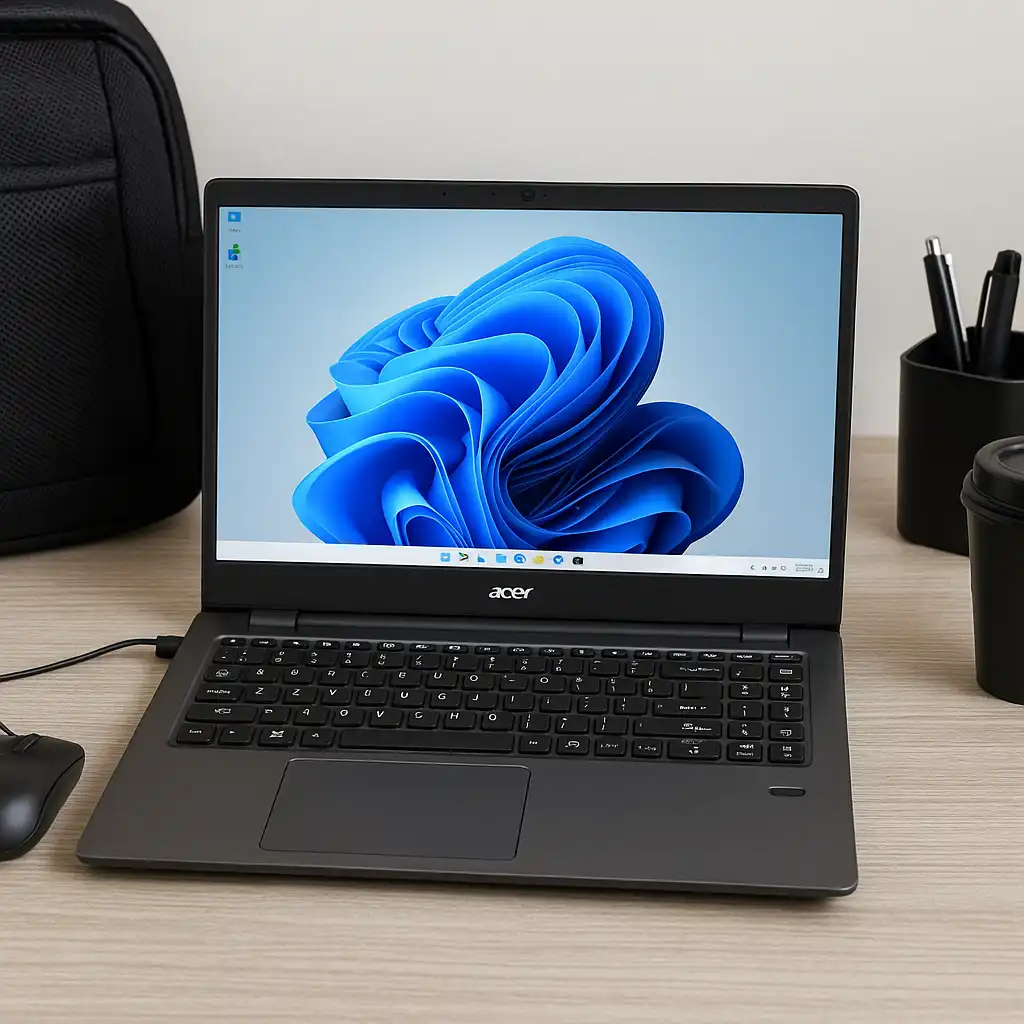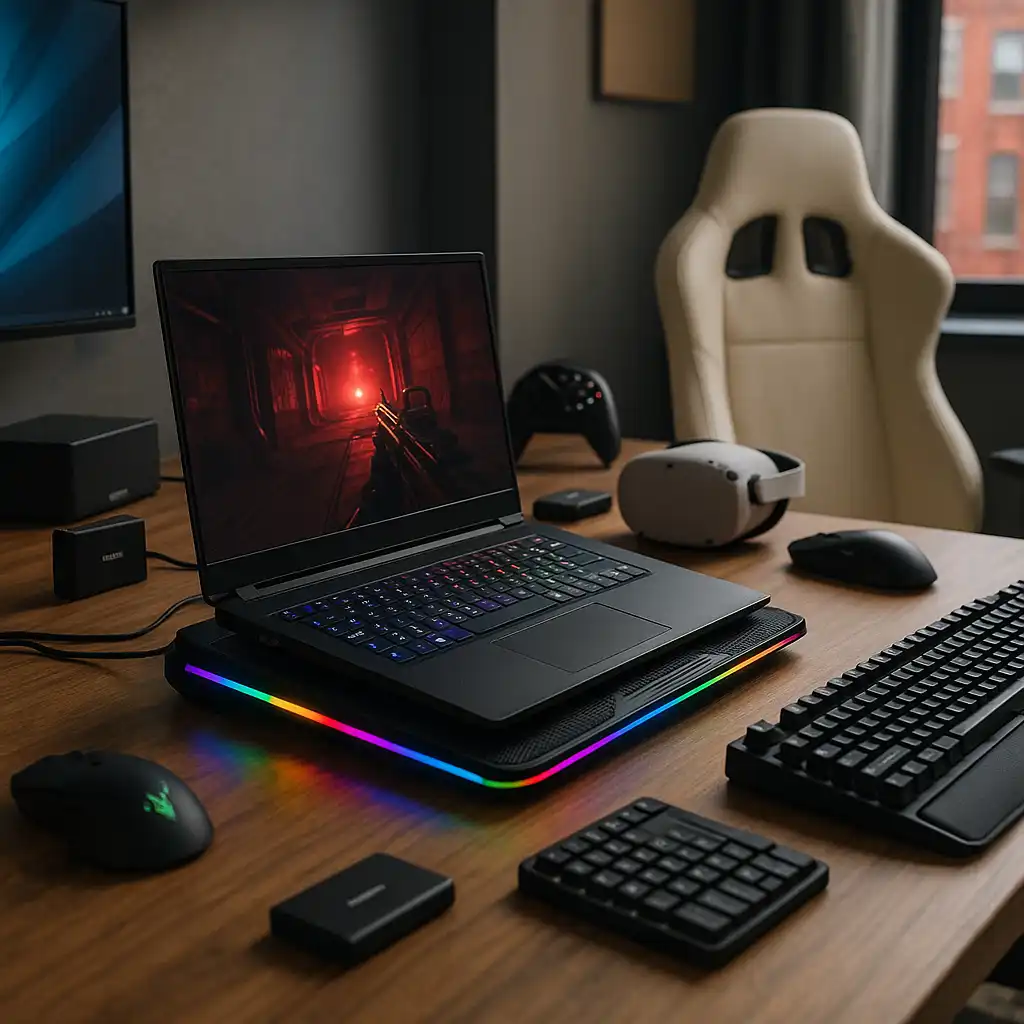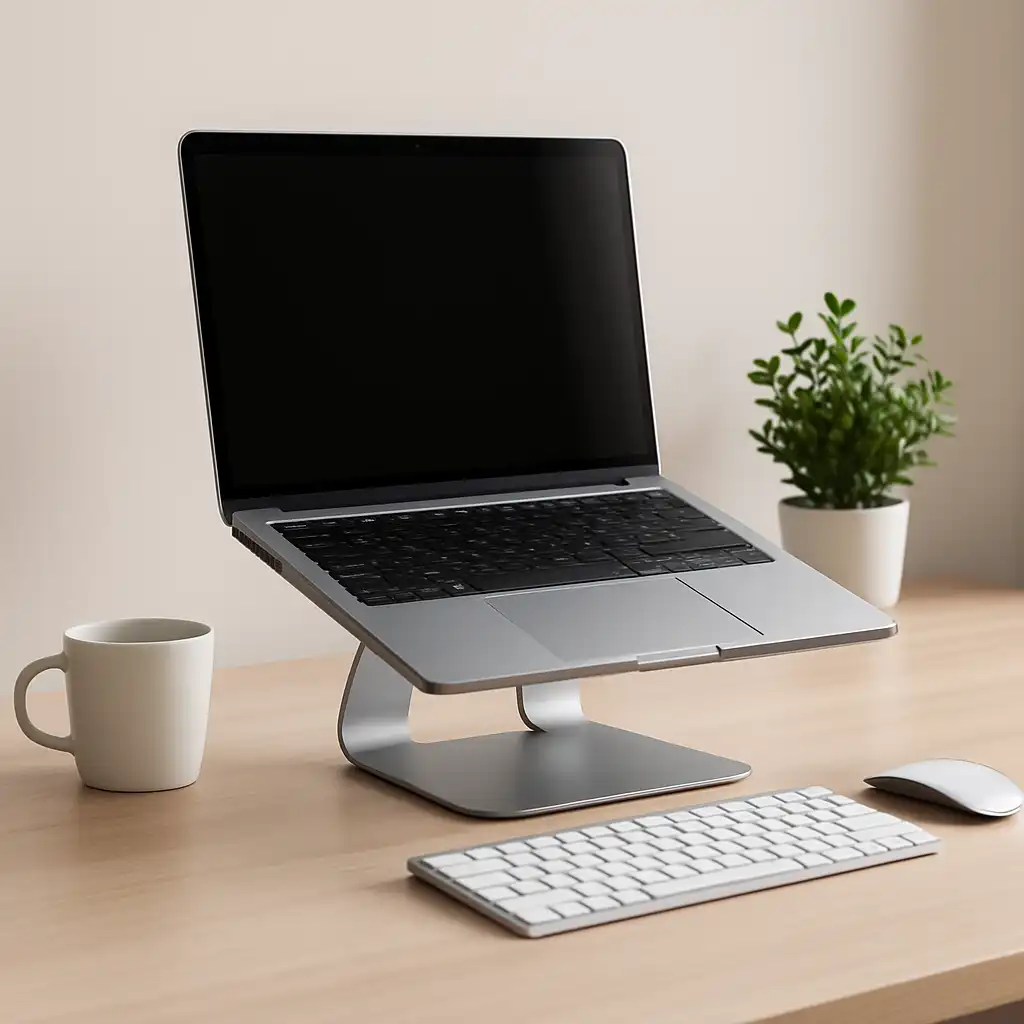How to Avoid Neck Pain While Using Laptop: Simple Posture Tips That Work
Disclosure: This post contains affiliate links. LaptopVoyager.com participates in the Amazon Associates Program and may earn commissions on qualifying purchases, at no extra cost to you.
Last Updated: October 8, 2025
If your neck starts aching after a long day on your laptop, you’re not the only one. Most laptops sit too low, which means you end up hunching forward and straining your neck for hours. That tension can build up fast — but the fix is simpler than you might think.
👉 For posture-friendly gear that really helps, check our guide on whether laptop stands actually help your posture.
🔍 Why Laptops Cause Neck Pain
Laptops are great for convenience but terrible for posture. Because the screen and keyboard are attached, your head naturally tilts down every time you work. Over time, that constant downward angle creates tightness through your neck and shoulders — what most people now call “tech neck.”
If you work from a bed, couch, or low coffee table, it gets worse. Your neck stays bent at an unnatural angle, which puts pressure on the muscles that hold your head upright. The result? Stiffness, soreness, and sometimes headaches by the end of the day.
🔍 How to Avoid Neck Pain While Using a Laptop
Start by lifting your screen. A laptop stand, riser, or even a stack of books can make a big difference. You want your eyes level with the top third of the screen — that’s where your neck feels the most natural.
Next, grab an external keyboard and mouse so you’re not reaching up or hunching your shoulders. Keep your arms relaxed at desk height, your back supported, and your feet flat on the floor. If you’re sitting for hours, take a quick stretch every 30–45 minutes to reset your posture.
👉 For ergonomic upgrades that protect your posture, see our guide on top-rated laptop stands that reduce neck strain.
🔍 Other Ergonomic Adjustments That Help
A few small tweaks can turn any setup into a neck-friendly one. Adjust your screen brightness so you don’t have to lean forward to see clearly. Avoid working directly from your lap or soft surfaces — it angles the screen down and makes you bend your neck more.
If you use multiple screens, try to keep them at a similar height. Constantly turning or looking down adds strain you might not notice right away. And if you spend most of your day at a computer, think about adding a vertical mouse or height-adjustable desk to your setup — both can help take pressure off your shoulders and upper back.
📌 Key Takeaways
- Keep your screen at eye level to stop bending your neck.
- Use an external keyboard and mouse for better posture.
- Sit upright with back support and stretch every 30–45 minutes.
- Avoid working from your lap or soft, low surfaces.
🟢 FAQs
Q: What’s the right height for a laptop screen?
Your eyes should line up with the top third of your display. It keeps your head neutral and reduces neck strain.
Q: Do laptop stands really help?
Yes — even a simple riser can take pressure off your neck and shoulders. Once you try it, you’ll feel the difference within a day or two.
Q: Can neck pain from laptop use go away on its own?
Usually, yes. Once you fix your posture and make small adjustments, the muscles relax and recover. If the pain lasts, check with a specialist.
✅ Conclusion
Avoiding neck pain while using a laptop isn’t about big changes — it’s about smarter ones. Raise your screen, stay relaxed, and give your body short breaks to recover. With just a few simple tweaks, you can keep your setup comfortable and your neck pain-free, no matter how long you’re working.







